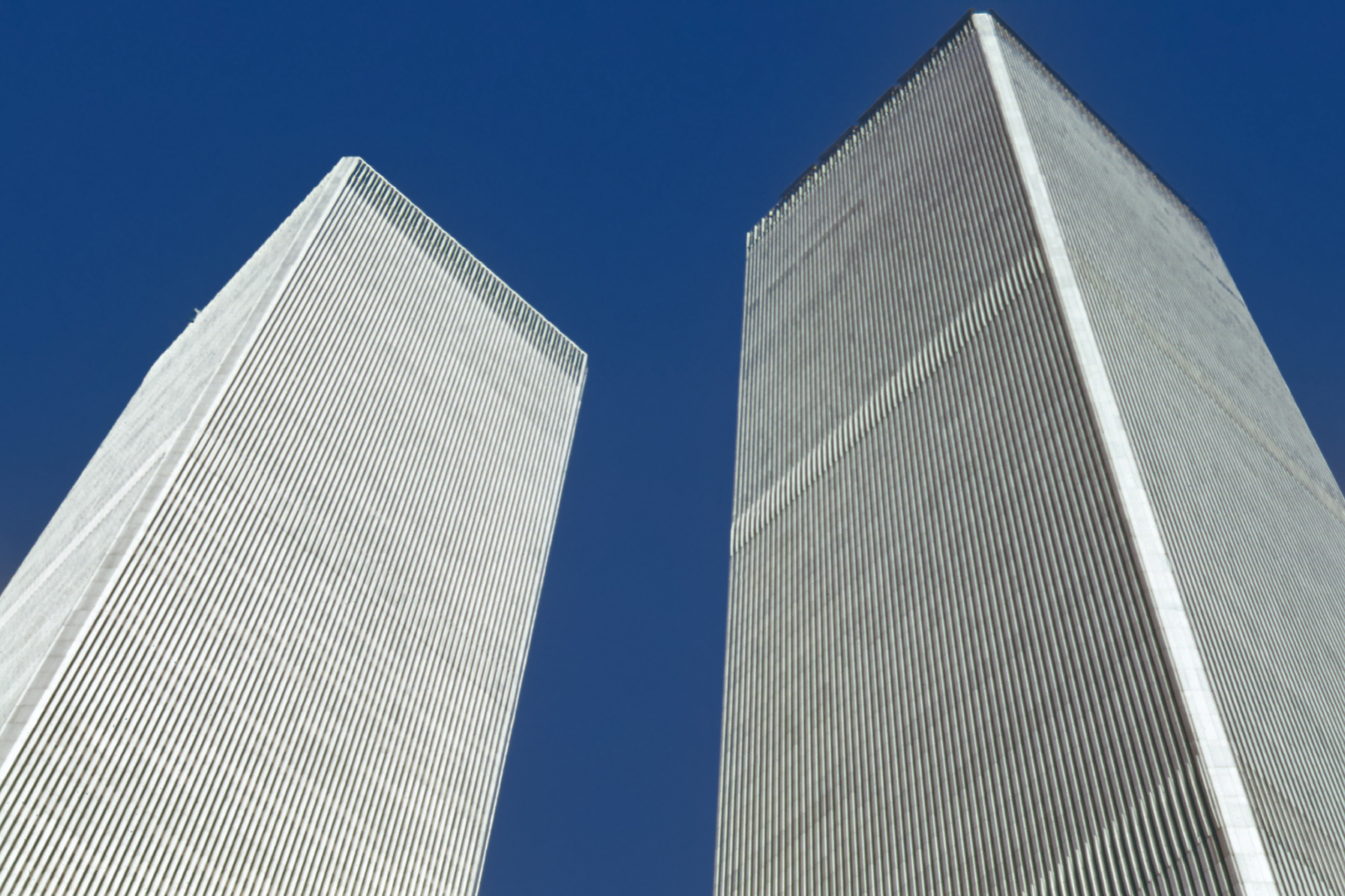For many people, there are constant reminders of 9/11 because of the healthcare concerns that can be traced to that terrible day.

Grygo is the chief content officer for FTF & FTF News.
It’s hard to fathom that more than two decades have passed since Sept. 11, 2001.
For some, many of the events of that day are simultaneously the past and the present. They have instant memories that are real and painful.
For others, there are constant reminders of 9/11 because of the diseases and chronic healthcare concerns that can be traced to the terrible events of that day and the aftermath.
Sadly, those who have life-threatening diseases and ongoing conditions have to fight tooth and nail to get the attention and funding they deserve from U.S. bureaucrats and politicians.
Luckily, there appears to have been at least one battle for funding that has been won in a bipartisan way.
In late July, U.S. Senator Kirsten Gillibrand (D-NY) and Senate Majority Leader Charles Schumer (D-NY) announced that they had secured Senate passage of a bipartisan amendment to “the FY24 NDAA to close the funding shortfall in the World Trade Center Health Program (WTCHP).”
Translated from legislative gobbledygook: The U.S. Senate has added $676 million to the program that helps first responders, which now includes those first responders and others from the Pentagon and Shanksville, Pa. attacks, who still need help.
In fact, the amendment “expands eligibility to 9/11 responders at the Pentagon and Shanksville sites who were active-duty DOD [Department of Defense] military or civilians, along with other Federal employees currently excluded from the program.”
The amendment is intended to undo a “long-term funding shortfall” slated to hit by fiscal year 2029 (FY29).
To recap, Congress created the WTCHP with bipartisan support in 2011 and gave it “a five-year authorization to provide medical treatment and monitoring for 9/11 responders and survivors suffering from the effects of the toxins at Ground Zero. The program covers the lifespans of all exposed, including responders and survivors of the attack on the World Trade Center, the Pentagon, the Shanksville crash site, children who were in schools in downtown Manhattan on 9/11 and during clean-up, and those who have since experienced or are expected to experience, adverse health effects that are linked to the attacks in the coming years,” according to the Gillibrand-Schumer announcement.
The WTCHP was “reauthorized in 2015 and extended through 2090 with bipartisan support. In 2022, lawmakers delivered $ 1 billion for the program in the end-of-year spending bill,” the Senators note.
Stepping away from the budget battles, the website for WTCHP provides more details about the long-term medical impacts of the attacks.
“When the planes struck the World Trade Center (WTC) towers, they produced a series of explosions and fires that consumed both buildings. In less than two hours, the Twin Towers collapsed. Their collapse created a massive and dense cloud of toxic dust, gases, and smoke,” according to the WTCHP’s explanation. “The dust cloud engulfed highly populated areas of southern Manhattan and Brooklyn … and entered offices, schools, and residential buildings. People were exposed both indoors and outside.”
The exposures to harmful chemicals and materials continued “in the days and months that followed. Jet fuel contributed to ongoing fires and the six-story pile of smoking rubble at Ground Zero burned off and on for more than three months … WTC dust continued to be stirred and agitated during the many months of cleanup and recovery,” according to the WTCHP website.
The WTC dust was “a toxic and complex mixture of particles from building debris and combustion products, such as cement, cellulose, glass fibers (mineral wool and fiberglass), soot, paint (leaded and unleaded), unburned or partially burned jet fuel, plastic, and other materials ignited by fire,” WTCHP officials say.
For the Pentagon Site in Arlington, Va.: “Similar hazards were found at the Pentagon disaster site, although at far lower levels … Activities inside the affected area of the Pentagon introduced potential exposure to jet fuel, smoke, heat from the fire, and human remains. Samples suggested that hazards were concentrated at the disaster site,” according to the website.
The Shanksville site, “unlike the WTC and Pentagon sites … did not involve building debris. Hazards were primarily limited to residual jet fuel and hydraulic fluids, emissions from small-scale fires or smoldering debris from the plane and surrounding groundcover, human remains, and potential hazards created during the response and cleanup (e.g., carbon monoxide, diesel exhaust, and noise),” according to WTCHP officials.
The website also lists the chemicals that are causing major health problems here: https://bit.ly/48aCism
To underscore the essential need for this 9/11-related care, WTCHP and CDC Museum officials have launched an exhibition, dubbed the “Health Effects of 9/11” at the David J. Sencer CDC Museum at the Centers for Disease Control and Prevention (CDC) in Atlanta, Ga.
The new exhibition will be “devoted to raising awareness about the ongoing health effects linked to 9/11 exposures,” officials say.
WTCHP officials point out that “Twenty-two years after 9/11, nearly 80,000 people have physical and mental health conditions related to their exposure to dust, smoke, debris, and the traumatic events.”
This new exhibition offers “visitors an opportunity to learn and reflect on the lingering effects of 9/11 through moving visuals and firsthand stories of sacrifice and survival,” according to the WTCHP. “At its core, this exhibition is about the resilience of this brave community we are so privileged to help heal. Responders and survivors of 9/11, including CDC and NIOSH responders who were deployed to support recovery efforts, actively participated in the development of the exhibition, sharing their stories, images, and experiences.”
In particular, the Health Effects of 9/11 exhibition offers:
- Information on 9/11 exposures and the emergence of World Trade Center-related health conditions;
- the events and advocacy that established the World Trade Center Health Program;
- Research achievements that have led to improvements in medical treatment and knowledge, artifacts, such as respirators worn by CDC and NIOSH responders, and
- a video of program member testimonials, illustrations, and photographs, including a magnified image of the WTC dust created by NIOSH’s Health Effects Laboratory Division.

Photo by Documerica on Unsplash
The exhibition will be on view at the CDC Museum through April 26, 2024. A digital version can be seen online at www.cdc.gov/wtc/exhibition. There is an official warning about the presentation: “The content and images in this exhibition may be sensitive in nature to some audiences, especially responders and survivors of 9/11. Discretion is advised.”
The warning underscores the horrors of that day.
“From the moment of the attack, until the last girder was removed from the smoldering wreck at Ground Zero, our brave first responders risked it all on behalf of America. Police officers, firefighters, construction workers, and everyday folks made a sacrifice on that day – and in the months that followed – that honored their country,” Schumer says in a prepared statement.
The Gillibrand-Schumer press release includes the following rare, candid comment: “Unfortunately, this funding is not enough to keep pace with the anticipated costs of providing the program’s services for over 120,000 9/11 responders and survivors, who span all fifty states and 434 of the 435 congressional districts.”
So, the budget battles will continue but there’s likely to be strong bipartisan support to keep helping 9/11 responders and survivors.
Need a Reprint?